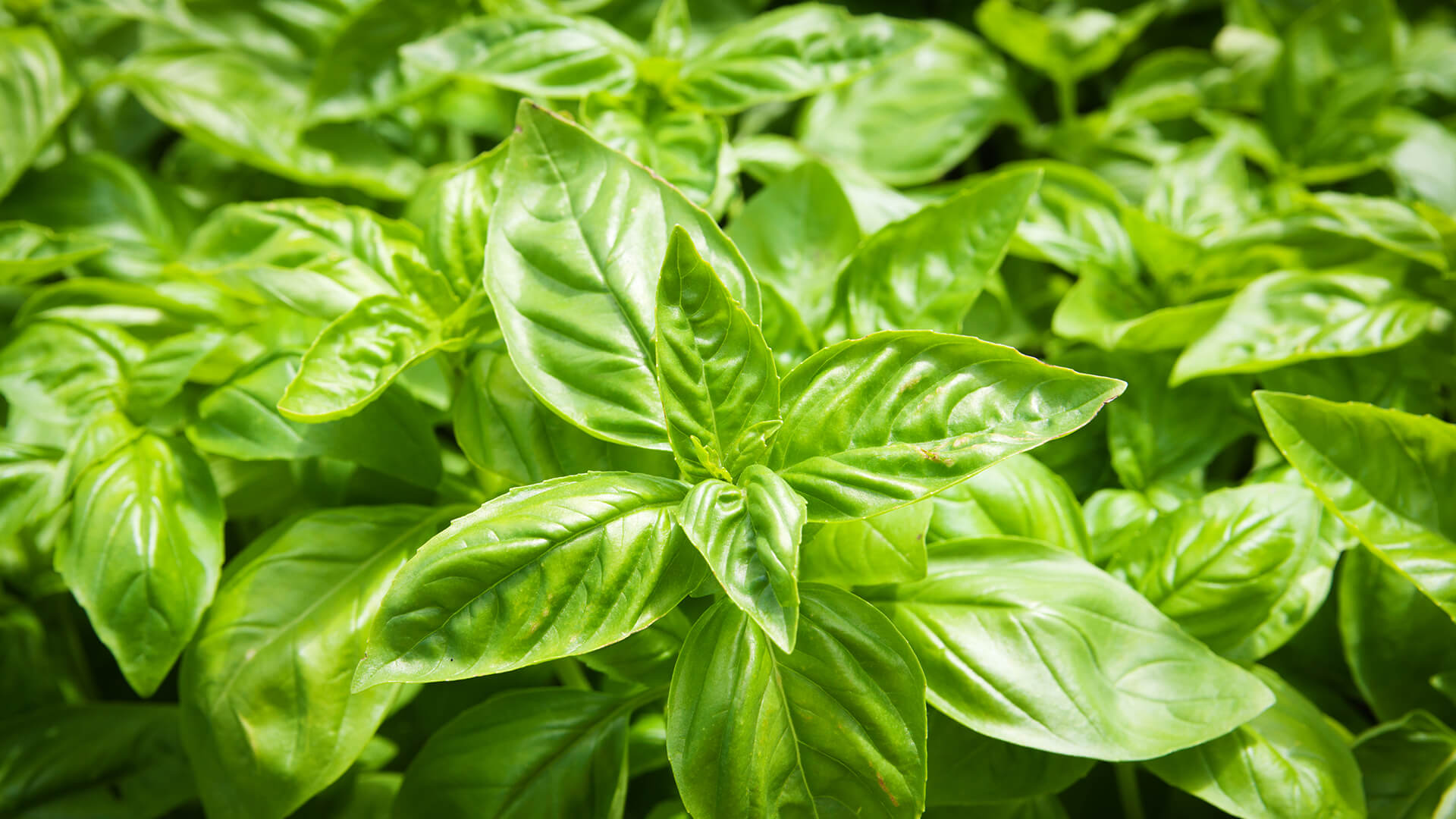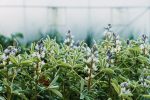When the weather turns warm and the days get longer, it’s natural for people’s minds to turn to gardening. The sight of fresh leaves and the feel of a rainstorm that’s warm instead of bone-chilling awakens an impulse to cultivate something of your own. Serious gardeners have already been at work for months, tending cold-hardy plants or planning their next garden plot, but even the people who are content with bare flowerbeds and brown lawns all winter succumb to this impulse (at least until the temperature climbs above ninety degrees). The rise of fire-escape gardening and community plots means even city dwellers can participate.
One potential obstacle to gardening, though, is the sheer profusion of plants available. Garden centers overflow with ferns, vegetables, herbs, shade plants and flowers with exotic names like verbena, calladium and lantana. It can be hard to decide which plants are worth the effort. Below are ten plants, including both ornamental and edible species, that make good choices whether you’re planting your first garden or your twentieth. This list barely turns over the topsoil as far as summertime plants are concerned, but hopefully it gives you some ideas. To find out whether a given plant grows well in your area, talk to someone well-versed in plant care at your local agriculture extension office or garden center.
Flowers
The vinca might be the all-time easiest flower to care for. Unlike most flowers, vincas don’t require you to cut off dead blossoms; the flowers simply fall off on their own. Vincas can also stand direct sun without water for a long time, so they’re hard to kill by neglect. Also, they don’t outgrow flowerpots or take over flowerbeds as they grow. With a simple five-petal structure, vincas might look boring except for their variety of colors. They range from white to hot pink to purple, and some have tints of contrasting colors around their centers.
Marigolds, like vincas, are small and hardy. They require deadheading, but their flowers last at least a week before starting to die. Each flower is a frilly, ruffly mass of bright orange or yellow or sometimes scarlet edged with gold. In the larger varieties, the blossoms are made up of fifty or so petals that form a shape like a perfectly domed scoop of ice cream. They’re great for making a border around a flowerbed or brightening up a windowsill.

Petunias aren’t quite as easy to take care of as vincas or marigolds, but they’re still fairly low-maintenance. Their stems and flowers have a strange sticky texture, and you have to be vigilant about deadheading them, or they’ll quit producing new flowers. To make up for it, though, petunias are handy for attracting pollinators to other plants in the garden and their blossoms are varied enough to suit any taste. The trumpet-shaped flowers come in all kinds of colors and patterns, from purple-and-white stripes to pale yellow to blue with purple veining. There are also mini petunias, about one-third the size of regular petunias, which are often sold in hanging baskets.
Vegetables
Vegetables have the advantage of being edible, not just pretty. They need more tending and space than flowers, but the rewards of growing them are correspondingly more tangible. It’s exciting to watch the fruit ripen day by day, and using ingredients you’ve grown yourself makes cooking seem more special.
Tomatoes aren’t hard to grow if you have enough room. Each variety has its own space needs, but an average for each plant is twenty-four inches. They’ll also need a cage to support them, especially if you get a tall variety. A healthy tomato plant can produce a good deal of fruit, which is delicious in grilled cheese sandwiches, eggs and soup, besides salads and spaghetti.
Cucumbers require about as much space as tomatoes and they also need cages, but they’re more finicky than tomatoes. They often take longer to produce fruit, and when it comes it may look wilder–less smooth-skinned or evenly colored–than the cucumbers you find in a store. It will almost certainly be smaller. However, to compensate, home-grown cucumbers’ flavor is stronger and their texture is crispier than the bland store-bought fruits’. It’s like the difference between mixed greens and iceberg lettuce.
Looking similar to cucumbers but quite different in taste, zucchini will produce a lot of fruit if you harvest it regularly. It’s important not to leave the fruits on the vine too long, so you’ll have to monitor them carefully once they start developing. Zucchini can be made into delicious bread or seared in a pan and eaten plain. The flowers are also edible, although they don’t last long after being picked.
Herbs
Herbs are an exciting middle ground between flowers and vegetables. They can be grown for decoration (they add interesting textures to a flowerbed), but they’re most often used in cooking. They rarely form the main part of a dish, but they can make or break its flavors. Many of them also have delightful scents that linger for years with proper drying. You can find good instructions for drying herbs here.
Even if you’ve never grown it before, you’ll probably recognize the smell of sweet basil. It’s used in dozens of Italian recipes, like margherita pizza and pasta with pesto sauce. It’s also quite tasty when picked fresh and scrambled into some eggs, or dried and cooked with chicken. Basil is a convenient plant to grow because it’s hardy and it doesn’t take up much space. To get the best flavor, use the smallest leaves and cut off the flowers before they open.

Rosemary, often paired with basil, is another excellent culinary herb. Its piney scent and savory flavor make it especially popular with meats like shrimp, chicken and beef. A rosemary plant billed as an annual is usually fully capable of turning into a perennial if your winters are mild. It will also become a bush if you’re not careful to keep it trimmed. Unless you really like rosemary, it will produce far more than you can use, so consider composting or drying the excess.
Lavender, too, will turn into a perennial if given the chance. Although it doesn’t spread as fast as rosemary, it’s similarly hardy once it’s rooted. Lavender produces an abundance of purple flowers with a sharp, clean scent that can be hard to detect before they’re dried. The dried flowers have many uses; you can perfume sachets or soaps with them or steep them in water for an invigorating footbath.
Another popular herb for scents is lemon balm. It has a delightful lemony fragrance that is easily produced by rubbing the leaves. Like lavender, it will attract droves of bees to your garden if you let it flower, but it’s best to trim off the flowers in order to keep the scent concentrated in the leaves. Lemon balm is hard to kill, and will produce leaves all season (although the scent is strongest in leaves harvested at the end of summer). As with basil, choose the smallest leaves to get the greatest power.


















[…] cultivating an herb garden, harvesting from an orchard, tending to livestock, planting a vegetable garden or any number of farm-related activities, depending on the season and the type of farm they visit. […]